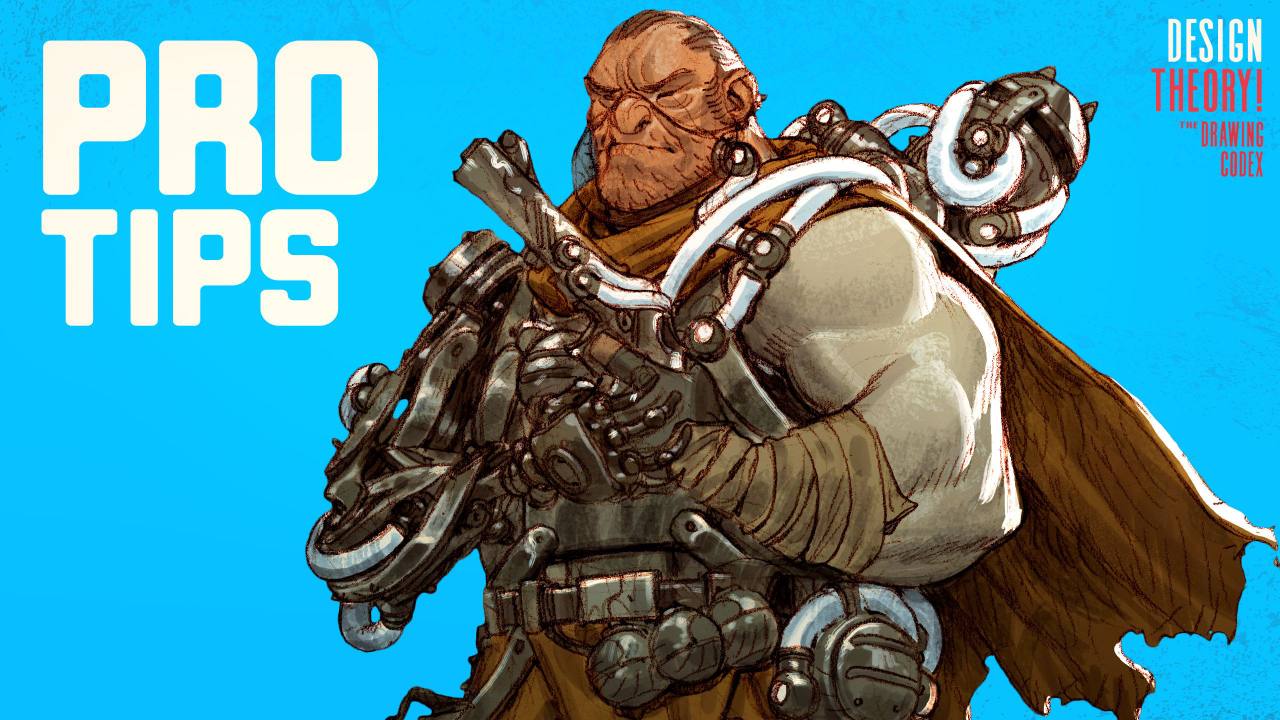Finding Your Art Style

Greetings Artisan!
Finding your style as an artist is one of the most challenging parts of the journey.
It's easy to see style in artists we admire.
But there are often a seemingly infinite number of options. A kaleidoscope of artistic possibilities…
We have access to so many different sources of great art. And there are so many different artistic industries and career options that sport different looks and techniques.
I remember being torn between cartoony and realistic styles. Between painting and linework. Between Concept Art and Illustration.
Often my first successful attempts at Illustration were trying to combine all these ideas into one style... like this image:

Even after I had multiple comic books published I would see different styles and think perhaps the grass would be greener. That perhaps it was not too late to change everything!
And in many cases I did end up changing everything!

But I also realised there was method to the madness. That there were hidden meanings and patterns to style.
That there were Archetypes at play. Higher order systems and logic.
There was also not as much 'choice' as I first thought.
One of the best frameworks I found helpful was understanding the connection between functionality and style.
Or, more specifically the connection between technical limitations and style.
Now... what do I mean by technical limitations? Simply the way things like our tools will force us to create art in a particular way.
And often the way our art is printed or reproduced has a major impact too.
Lithography helped define the look of Alphonse Mucha's seminal Art Nouveau style.

Graphic comic book styles and animated cell shading were created to fit within their mediums. These styles make the best of the technical limitations from Animation and Comics.
Bad printing and having to create consistent colors across multiple animation cells gave us something interesting. A look that otherwise would not have existed.

And even more interesting, is that this has created 'styles' that are somewhat magical. Archetypes for picture making that we can now use... despite many years later... not being held down by the same technical limitations.
Printing has improved since the early days of pulp newsprint and sunday comics like Flash Gordon and Prince Valiant.

And techniques for animation have become much less limited than Disney was forced to use in the 1930s when they manifested an entirely new art form with Snow White.

The key here is to understand that what we are making (comics, video games, posters, small card illustrations, illustrations that will be cut up into layers and animated... etc) often defines much of the choices we need to make with style.
For instance if you do create painted illustrations that will be cut up and animated on layers... a style that relies less on soft edges or lost edges will work best. As often we need to cut things out with hard edges in this case.
These are the minutia of style and functionality that are difficult to consider when you are starting out.
Likewise a poster that will be printed out large on a wall will need a certain level of polish and finish to the surface of the painting (the pixel level details will matter... as we will see them when printed large).
Whereas art that will be printed for a trading card probably needs to read really well at a small size (no kidding right!).
It's these technical limitations and utility considerations that often push us down a particular style when we work professionally.
We could also discuss how Pixel Art and Low Poly Modeling have influenced their own styles that are alive and well today.
Aaaand in my latest video I do just that! (And more... honestly it's a bit of a long nerdy talk, as usual)
You can check it out here:
|
Cheers!
-Tim
PS: There has been a large gap in newsletter writing! But I have found a slightly better way to create these that allows me to focus more on imagery and also publishes these on thedrawingcodex.com in perpetuity. So let me know if you like this new format I will roll out over the next few weeks.
PPS: I hope your drawing is going well!
PPPS: If you haven't lately...
Check out The Line and Color Academy:
(There are a few new features I have added recently. The Drawing Codex now has a community for people taking the online courses where you can get questions answered and post work for feedback or just to share your progress)







